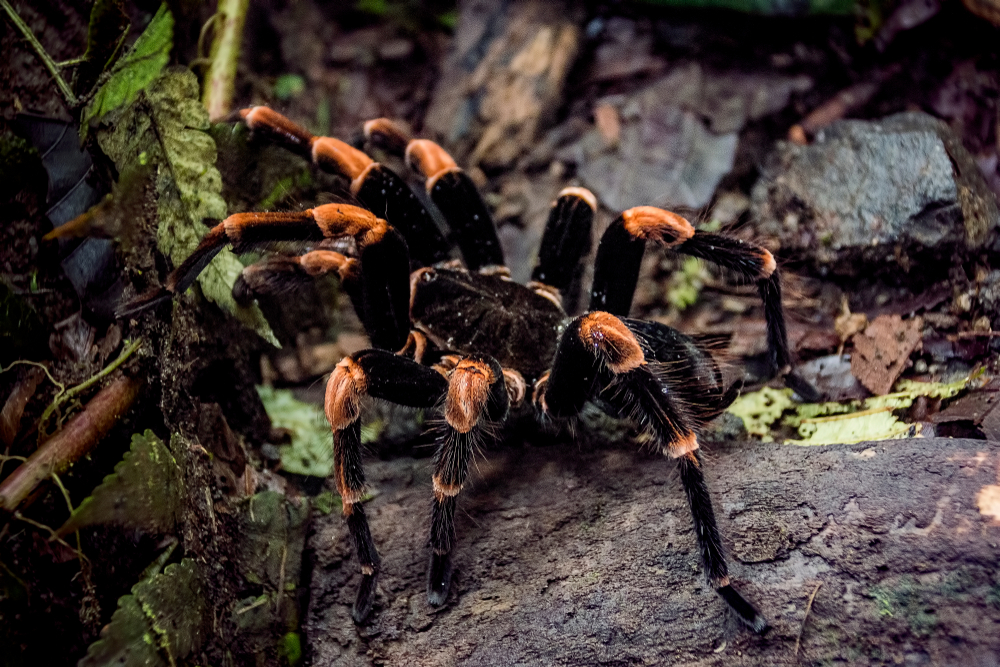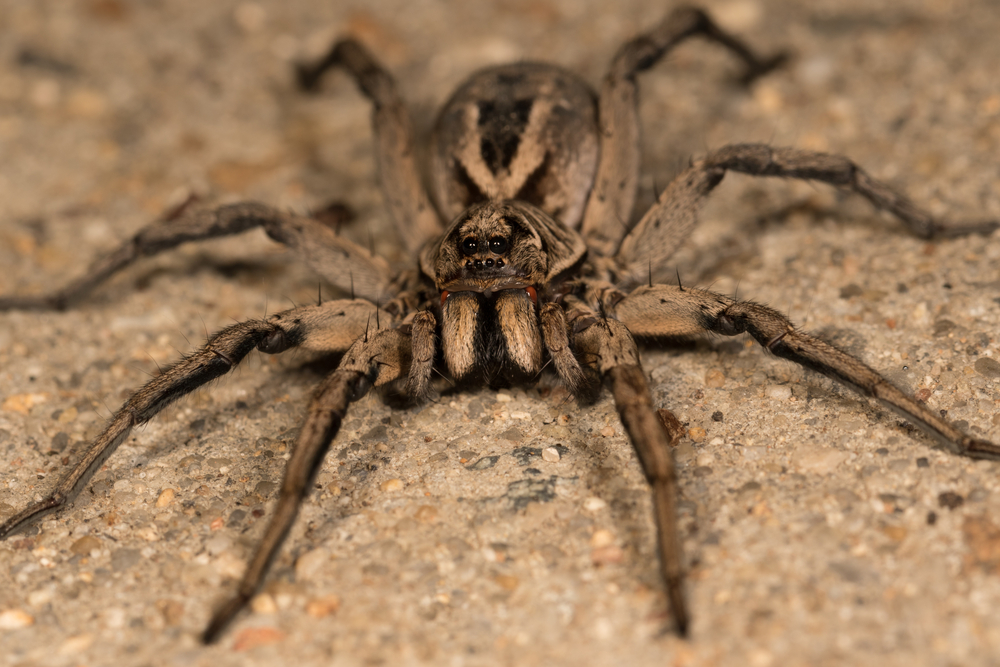The term “Brown Recluse spider” typically refers to a specific species known as Loxosceles reclusa. However, within this species, there can be some regional variation in appearance. Brown Recluses are often identified by their violin-shaped markings and other characteristics.
While there may be some minor variations in coloration and markings among individual Brown Recluse spiders, they are generally considered a single species with slight regional differences. These differences are not significant enough to classify them as distinct types or subspecies. So, in practical terms, there is one recognized species of Brown Recluse spider, Loxosceles reclusa.









































































